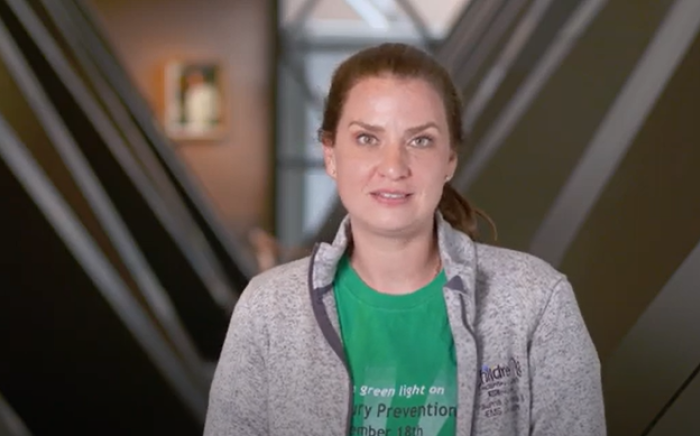Bottle feeding can be a wonderful way to bond with your baby as well as a time to get to know each other better. Hold your baby close, showing your love through smiles and soft words, while she relaxes and gets those much-needed calories. Here are a few tips about how to make it a great experience for everyone.
You should feed your baby when he is hungry. Here are a few hunger cues to use to help identify when your baby is hungry. In most cases, babies know how much food they need to grow, so watch to see when they are ready to eat and when they are full.
- Signs of hunger
- rooting/mouthing/sucking on hands
- scooting/fussing
- Signs they are full
- releasing the nipple
- turning away
- falling asleep/looking up at you with a grin
Make sure you are using the correct nipple hole size for your infant. If the hole is too large, your baby will start to gag/gulp and the milk will start to pour from his mouth. If the hole is too small, he will seem frustrated and suck very hard on the nipple.
When mixing formula, always use the correct amount of water per scoop of formula. Each formula may have a different size scoop so always use the scoop that comes with the specific container. Mixing correctly will avoid unwanted side effects from mixing in too little or too much water.
Never warm milk in the microwave! Microwaves heat unevenly, so some milk may be hotter than the rest, increasing the risk of scalding the baby’s mouth. Also, the bottle may feel cool, but the milk inside can be very hot. You can warm milk by placing the bottle in a bowl of hot water for a few minutes. Always test the milk on your wrist before giving it to the baby.
Cradle your baby’s head in the corner of your arm in a semi-upright position. Angle the bottle, ensuring that there is always milk in the nipple so the baby won’t suck in air. Feeding infants while laying flat on their back will increase the risk of ear infections. Never prop the bottle on something and leave the baby to feed alone. There is a greater risk of choking and ear infections.
How much formula should my baby take?
- In the first month of life, your baby should be drinking at least 2–3 ounces every three to four hours. Your child should be awakened if she has gone three to five hours without feeding.
- After the first month of life, on average, your child should be drinking around 4 ounces every four hours.
- By 6 months of age, your child should, on average, be drinking 6–8 ounces four to five times a day.
- Another way to see how much your child should be eating per day is by weight; for every pound of weight, she should be drinking 2.5 ounces—not to exceed 36 ounces in a day.
Burp the baby when she pauses for a break during the feeding. It’s usually only a couple times during the course of a bottle feeding. Also, don’t let the baby fall asleep with the bottle in the mouth. Milk will pool along the gums and teeth causing tooth decay.
Keep in mind that every baby is different and unique in how much and when he or she eats. These are safe guidelines to help you find what is right for you and your baby as you become more comfortable with each other.
This article was written by Courtney Moore, RN, a nurse on the Answer Line at St. Louis Children’s Hospital.












